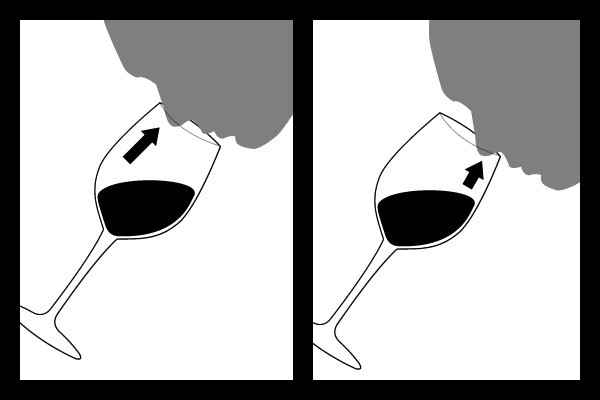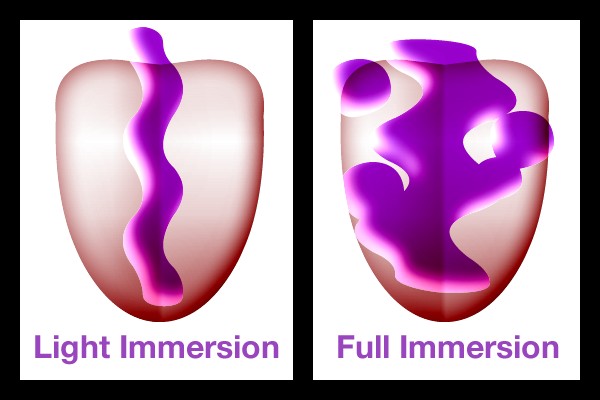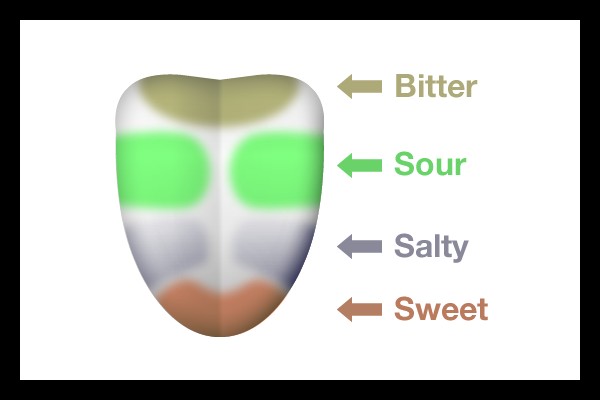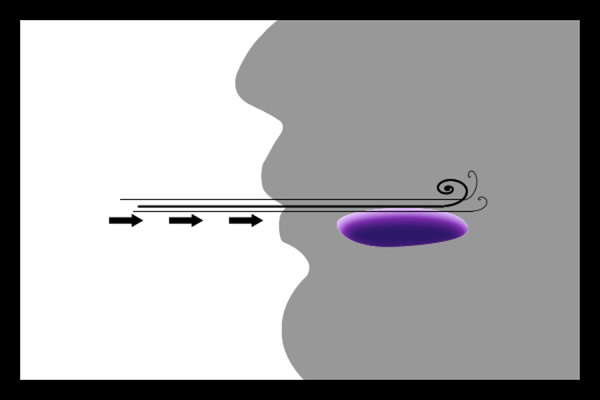How to Drink Wine Like an Expert in 10 Easy Steps
by Tony Jacobson, 14 Jun 2012
How to drink wine like an expert in 10 easy steps:
-
Get a bottle of wine you want to drink.
Good job! You're doing great so far! -
Open it.
Here’s a good video 'how-to' for opening a wine bottle:
-
Let it sit opened for an hour or two before you drink it.
Helping the wine get in contact with air greatly improves the flavors and aromas—especially with red wines. You may want to consider using a wine decanter to help the wine breath more than just letting it sit in the bottle. -
Pre-rinse your glass with a small splash of the wine you are going to drink.
This will rinse it out and get rid of any residue like soap or dust. Dump it out. Your glass is ready. This is much better than using water because it primes the glass with the wine that you’re going to drink. Plus the alcohol from the wine does a better job at breaking down any possible residue. You can also use one splash from your glass to rinse out any other glasses if you’re in a group of people who are all tasting the same wine. Just splash, swirl, and pour into the next person’s glass. It’s a fun ice breaker for wine tasting. -
Fill up your glass to about 1/4 or 1/3 full.
This lets you easily swirl the wine around to let it breath a bit more as you’re drinking it. -
Swirl it around.
Again this will help bring out more of the flavors and aromas. -
Smell it

See what aromas you can detect. If you’re having a hard time smelling anything give the glass another vigorous swirl. Then smell again. Another good way to detect different aromas is to try placing your nose in different places in the opening of your wine glass. At the bottom of the glass opening you’ll detect the bigger heavier traits of the wine like alcohol, or fruitiness. When your nose is at the top of the glass opening you can detect more of the subtle nuances of the wine aroma. -
Taste it

If you’re new to wine and just gaining a taste, try a small sip and channel it down the center of your tongue (light immersion). When I first started drinking wine it was hard to drink the huge flavored, aggressive tasting wines. Using this center channelling, light immersion approach helped me ease into the big wines and appreciate them without getting overwhelmed. If you’re ready to get the full flavor let it go all over inside your mouth (full immersion).

There are 4 zones in your tongue which are slightly more optimized toward detecting a certain type of flavor (as depicted in the above diagram). All areas of your tongue can actually detect all the flavors, but some are more optimized toward detecting a flavor type more quickly. One more thing you can try, to really get a deep taste of the wine you're drinking, is to lightly suck in air while you have a mouthful of wine.

This tasting method will give you a much more intense sense of the flavor and aroma as the air you're sucking in circulates through your mouth and sinuses. You can also let the air ‘chirp’ the wine like your slurping hot tea and it will further intensify the flavors and aroma. -
Consider the aftertaste
After you swallow each drink, stop and think about how your mouth feels. Did it set your mouth on edge? Do the flavors linger? Is there a bite to it? This is one of the most interesting parts of drinking wine. Be sure to really examine the effect, feel, and lingering flavors after each swallow. There’s no hurry. Take your time. -
Score the Wine
One of the most frustrating things I hear from people who drink wine is that its hard to remember what you drank and whether it was good or not. The best way to keep track of the wine you drink and how good it was is with app.winetracker.co.
One of the most convenient things about using WineTracker.co is the magic scoring tool. You can score your wine in seconds: All you do is drag each slider based on how good it smells, tastes, finishes, and your overall impression of the wine—then voila! The WineTracker Wine Scoring Algorithm automatically calculates the wine score for you. From there you can optionally add a comment and the price you paid. In the weeks and months that follow every wine you score will show up in your user profile under My Wine Scores. You’ll be able to make experienced recommendations to friends, remember that killer wine so you can bring it to a party, or even remember bad wines to avoid.
If you have any questions, thoughts, or recommendations of your own I’d love to hear from you. We have another more general Getting Started with Wine article on the this site for those that would like to read more. Thanks for reading, much love, WineTracker.co.